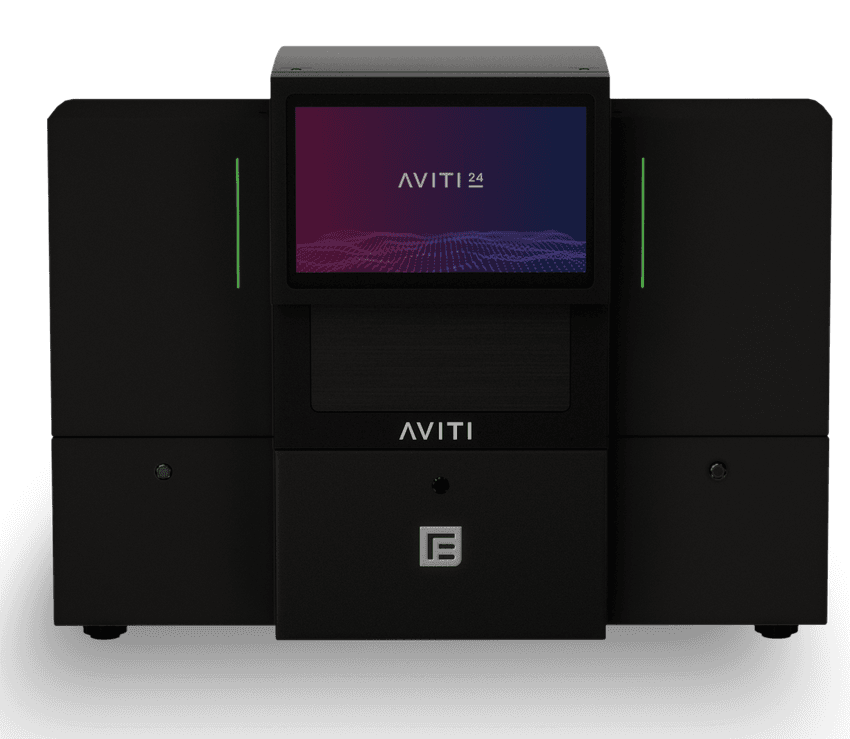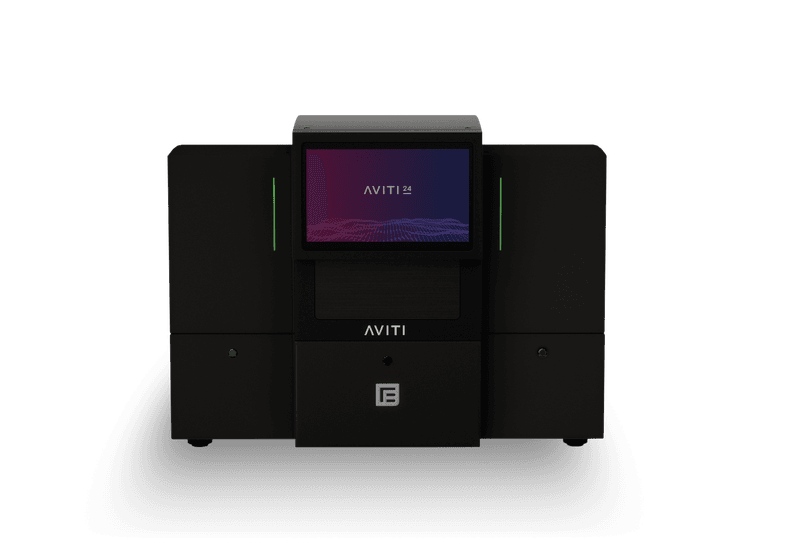Like listening to the musical instruments in a symphony, scientists use multiomic technologies to investigate how layers of molecular components behave in a single biological sample, revealing more direct connections behind complex cellular processes.
Similar to the many musical instruments that make up a symphony, biological systems comprise multiple layers of molecules and pathways that intersect and interact to orchestrate cohesive cellular processes. Capturing how each unique component relates to one another can be challenging for researchers working on discoveries that requires multiomic methods often necessitating assumptions based on data collected from separate samples.
The five dimensional multiomics system AVITI24 from Element Biosciences delivers spatial single-cell multiomics measurements and high-quality affordable next-generation sequencing (NGS). This system is designed for precise transcriptome, proteome, and cell morphology co-detection, as well as spatial analysis of dynamic multiomic relationships in a single sample without the need for sequencing library preparation.
“The technology creates an opportunity for the investigator to look at multiple aspects of biology,” explained Element Biosciences cofounder, chief technology officer, and senior vice president of Advanced Research, Michael Previtte. “With those combined pieces, AVITI24 is an instrument that allows you to look at millions of cells and potentially read their stories in a single run, in a 24-hour turnaround time.”

AVITI24 allows researchers to precisely detect RNA, proteins, cell morphology, and their spatial and dynamic relationships, all in a single sample.
Element Biosciences
Powered by the flexibility of Avidity Base Chemistry (ABC™) sequencing and integrated Teton™ CytoProfiling with onboard image processing, AVITI24 is currently the only system that enables researchers to capture DNA, RNA, protein, morphology, and spatial insights in one dual-sided run.
“The biggest excitement for me is certainly the true multiomic data generation,” said Linda Orzolek, head of lab operations at the spatial omics data company OMAPiX, Inc., the first CRO to receive Element Biosciences’ CSP designation for the Teton assay. Orzolek first encountered the power of Element Biosciences’ technologies in her previous role as director of the Single Cell and Transcriptomics Core facility at Johns Hopkins University, and was motivated to adopt AVITI24 at OMAPiX for the technology’s ability to eliminate inter-sample inference. “This is the one assay that truly lets us look at everything in the same sample. We get the spatial component, we get the transcriptome, we get the proteomics, we get all of the morphology of these tissues. And that is, to me, the most groundbreaking thing.”

